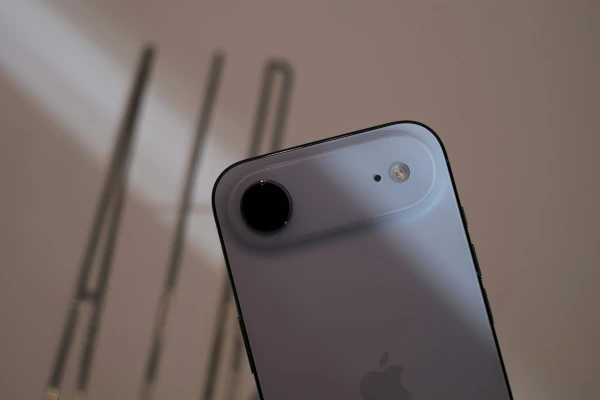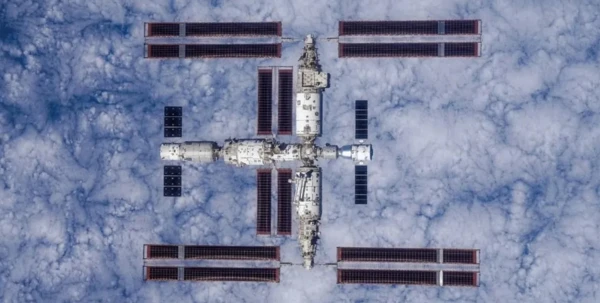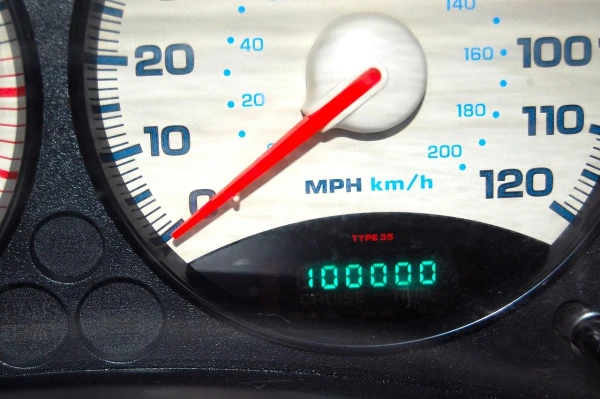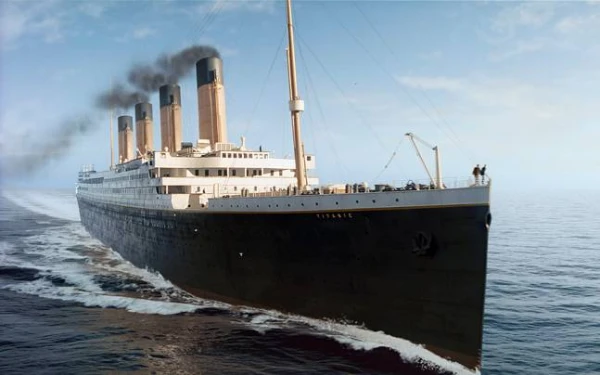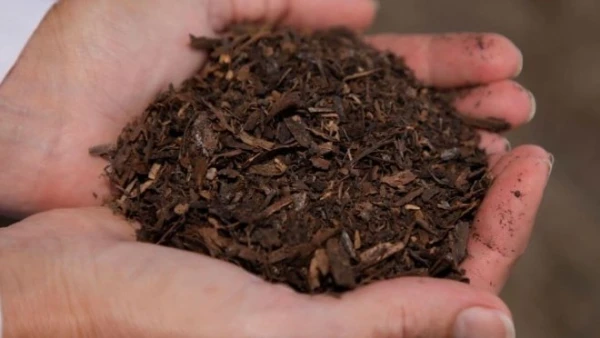
The cost of the service is about $5,500 – slightly more expensive than cremation.
Washington state authorities became the first in the U.S. to pass a bill legalizing the burial of people by turning them into compost. The pressure on the governor is so great that he is likely to sign the document, after which it will come into effect. The company 'Recompose' has already developed the technology and prepared the corresponding commercial service.
Proponents of the new method present the following arguments. What is a traditional grave? It is a piece of precious land taken out of use for decades, within which lies a chemically treated corpse in a very expensive casket made of valuable wood. With zero benefit, high burial costs, and serious harm to the environment. With cremation, which in the U.S. now costs no less than traditional burial, the land is not used, but a considerable amount of emissions – products of burning remains and fuel – enters the atmosphere.
Composting bodies, in addition to economic benefits, also addresses the problem of disease spread. When Lynn Carpenter-Boggs, a scientific consultant for Recompose, designed the composting chamber for humans, she based it on the technology used for disposing of livestock carcasses. This method once helped stop the spread of avian influenza on farms in the state – why not solve several problems at once?
The cost of the service is about $5,500 – slightly more expensive than cremation, but much cheaper than traditional burial. The body is placed in a chamber with a mixture of alfalfa, straw, and sawdust, and the temperature is raised to 65 degrees Celsius over 30 days. At this treatment, neither microbes nor pharmaceuticals contained in the body survive. Pacemakers are removed before the procedure, implants and prosthetics afterward, and the output is one cubic meter of universal fertilizer.
